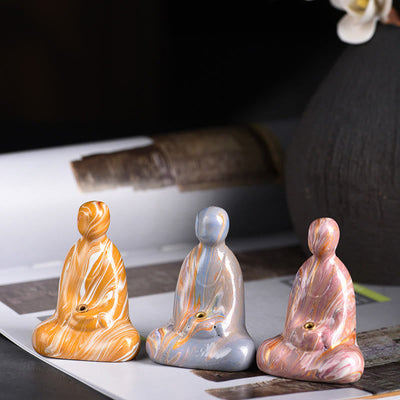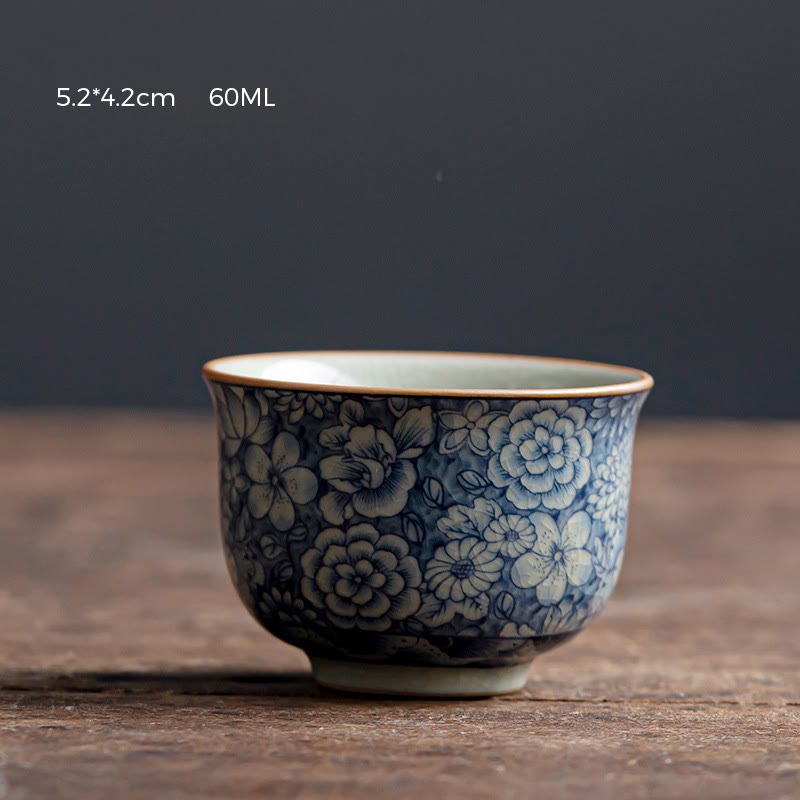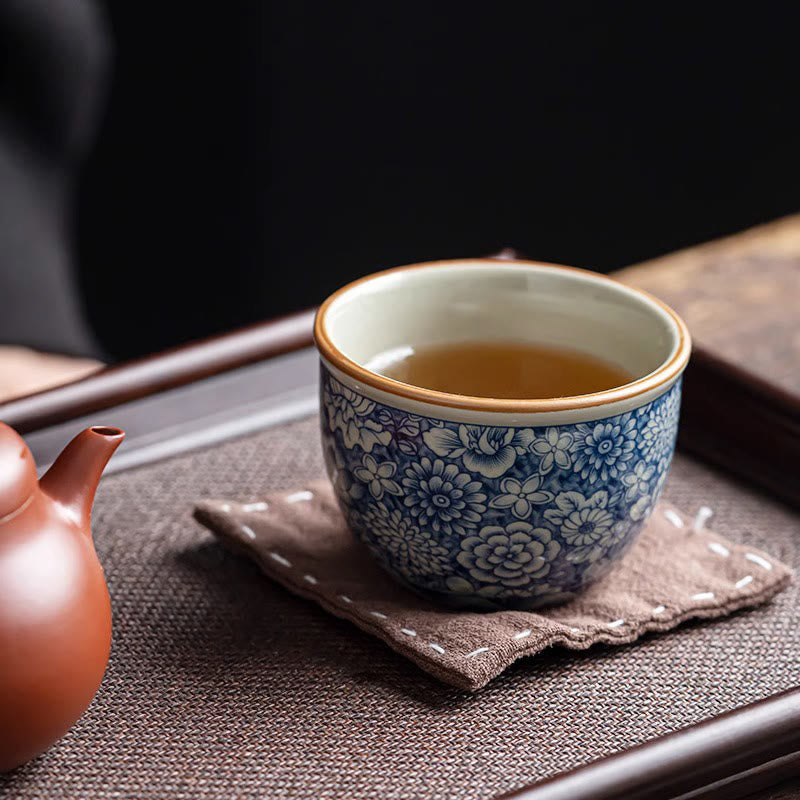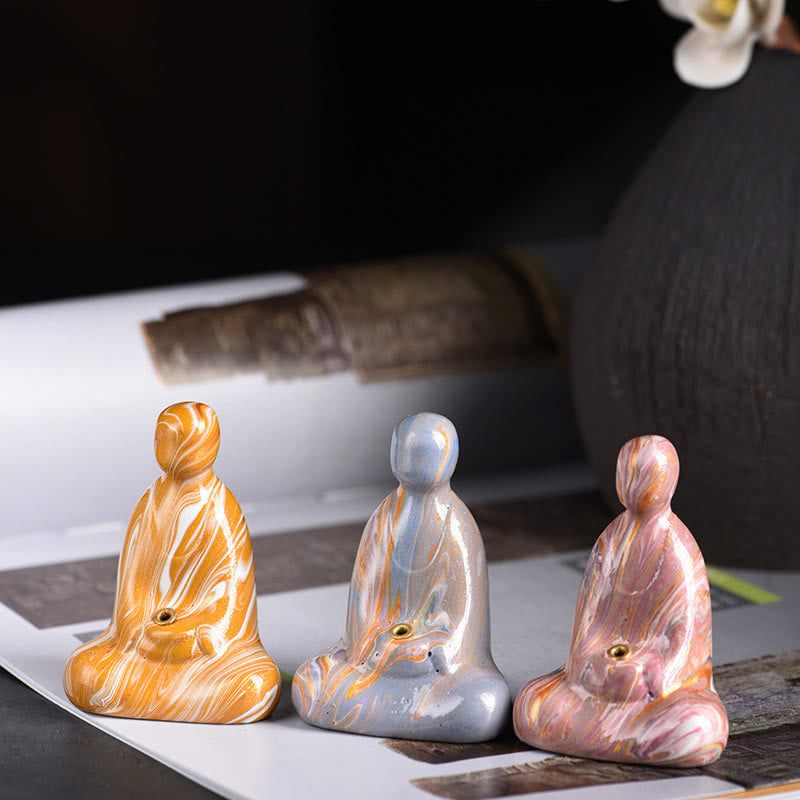The blue lotus flower (Nymphaea caerulea) has captivated human imagination for millennia, revered by ancient civilizations for its enchanting beauty and mystical properties. Once central to Egyptian spiritual rituals, this aquatic lily is now re-emerging in the modern wellness world as a natural aid for relaxation, spiritual exploration, and enhanced sleep. If you're drawn to ancient botanicals and holistic remedies, this guide will explore the history, benefits, and uses of this sacred flower, helping you understand how it can be woven into your own wellness practices.
From calming teas to meditative aids, we will delve into what makes the blue lotus flower so special. You'll learn about its active compounds, its celebrated benefits for mind and body, and how to use it safely and respectfully. Let's uncover the secrets of this ancient plant and discover its place in contemporary well-being.
What is the Blue Lotus Flower? A Glimpse into History
Often referred to as the Egyptian Blue Lily or Sacred Blue Lily, the blue lotus flower is not a true lotus but rather a type of water lily. It holds a profound place in history, particularly in ancient Egypt, where it was considered a symbol of creation, rebirth, and the sun. The flower's unique behavior—closing at night and sinking underwater, only to rise and bloom again in the morning—was linked to the daily cycle of the sun god Ra.
Depicted widely in ancient art and hieroglyphs, the blue lotus was associated with deities and royalty. It was used in religious ceremonies and social gatherings, often infused in wine to induce a state of mild euphoria, relaxation, and heightened awareness. This historical context highlights its long-standing reputation as a plant that connects the physical and spiritual realms.
The Active Compounds: What Gives Blue Lotus Its Effects?
The unique effects of the blue lotus flower are attributed to two primary psychoactive alkaloids: apomorphine and nuciferine. These compounds interact with the body's systems to produce a sense of calm and well-being, distinguishing it from other botanicals.
- Apomorphine: This compound acts as a dopamine agonist, meaning it can stimulate dopamine receptors in the brain. This can lead to feelings of happiness and euphoria, along with muscle relaxation. According to research documented on platforms like PubChem, apomorphine has been studied for various therapeutic applications.
- Nuciferine: This alkaloid is associated with feelings of calmness and sedation. It is believed to work by blocking certain receptors, which can help quiet an overactive mind and promote a tranquil state.
Together, these compounds create the signature experience of blue lotus: a gentle, dream-like state of relaxation without the intense hallucinogenic effects associated with other substances. It's this subtle yet profound action that makes it a cherished tool for modern wellness seekers.
Unveiling the Benefits of the Blue Lotus Flower
Rooted in its ancient history and unique chemical makeup, the blue lotus flower offers several benefits that align perfectly with holistic health goals. Its gentle nature makes it an accessible botanical for those seeking natural support for mind and spirit.

A Natural Aid for Relaxation and Anxiety Relief
Perhaps the most celebrated benefit of blue lotus is its ability to soothe the nervous system. The calming effects of nuciferine help reduce feelings of stress and anxiety, making it an excellent ally after a long day or during moments of overwhelm. A warm cup of blue lotus tea can promote a sense of peace and tranquility, helping to melt away tension.
Enhancing Sleep and Lucid Dreaming
For those struggling with restless nights, blue lotus can serve as a natural sleep aid. Its sedative properties can help you fall asleep more easily and enjoy deeper, more restorative rest. Many users also report experiencing more vivid and lucid dreams, where they become aware they are dreaming. This makes it a popular choice for individuals interested in dream work and exploring their subconscious mind.
A Tool for Spiritual Practices and Meditation
The flower's ability to induce a calm, euphoric state makes it a powerful tool for deepening spiritual practices. By quieting mental chatter, blue lotus can help you achieve a more profound state of meditation. It is often used to enhance intuition, foster introspection, and create a sacred atmosphere for ceremonies or personal reflection.
How to Use Blue Lotus Flower: Modern Rituals
Incorporating blue lotus into your wellness routine can be a simple and enjoyable ritual. While ancient Egyptians infused it in wine, modern methods focus on more accessible and mindful preparations.
Brewing Blue Lotus Flower Tea
Making blue lotus tea is the most common way to enjoy its benefits. The process itself is a meditative practice. Simply steep 1-2 teaspoons of dried flowers in hot (not boiling) water for 5-7 minutes. The resulting brew has a delicate, floral aroma and flavor.

Enhancing this ritual with the right vessel can deepen the experience. A beautifully crafted teacup allows you to fully appreciate the color and aroma of the tea, turning a simple drink into a moment of mindful connection.
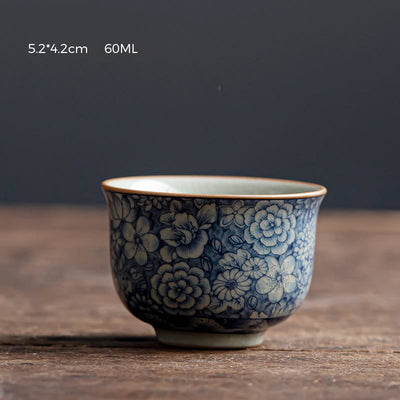
Ceramic Zen Tea Cup with Blue Lotus & Chrysanthemum Design 95ml
$23.90 $34.90
Savor blue lotus rituals with this artisan-crafted tea cup, ideal for mindful relaxation and floral herbal blends.
Explore ProductAromatic Uses: Incense and Oils
The enchanting fragrance of blue lotus can also be enjoyed through aromatherapy. Burning blue lotus incense or using its essential oil in a diffuser can create a serene and sacred ambiance in your home. This is perfect for setting the mood for meditation, yoga, or simply unwinding before bed.

Quick Tips for Using Blue Lotus:
- Start Low, Go Slow: If you are new to blue lotus, begin with a small dose to see how your body responds.
- Set an Intention: Approach its use with mindfulness. Whether for relaxation or spiritual insight, setting an intention can enhance its effects.
- Create a Calm Space: Enjoy blue lotus in a comfortable, peaceful environment where you can fully relax.
Is Blue Lotus Legal and Safe? What You Need to Know
A common question for newcomers is about the legality and safety of blue lotus. In most parts of the world, including the United States, the blue lotus flower is legal to buy, possess, and use. However, a few exceptions exist—for example, it is a controlled substance in countries like Poland and Latvia, and its sale for human consumption is restricted in the state of Louisiana. Always check your local regulations to be sure.
In terms of safety, blue lotus is generally considered safe when used responsibly. The most common side effects are mild and may include slight dizziness or euphoria, especially at higher doses. It is recommended to avoid blue lotus if you are pregnant, breastfeeding, or taking medications that affect the nervous system. As with any herbal supplement, consulting with a healthcare provider is a wise step, especially if you have pre-existing health conditions.
Support Your Wellness Rituals

Blue Lotus Embroidered Canvas Backpack | Yoga Bag
$48.90
$69.90
Carry a symbol of blue lotus wisdom on your wellness journey with this beautifully embroidered, practical yoga bag. Learn more ➔
Create a calming blue lotus atmosphere; this incense holder is perfect for sacred spaces or blue lotus meditation rituals. Learn more ➔
Embrace the Ancient Wisdom of Blue Lotus
The blue lotus flower is more than just a beautiful plant; it's a bridge to ancient traditions and a gentle tool for modern-day wellness. Its ability to promote relaxation, enhance sleep, and deepen spiritual connection makes it a valuable addition to any holistic lifestyle. By understanding its properties and using it mindfully, you can tap into its profound calming energy.
Whether you choose to sip it as a fragrant tea or use its aroma to create a tranquil space, we encourage you to explore the blue lotus flower with respect and curiosity. Let its ancient wisdom support your journey toward greater peace and well-being.
Frequently Asked Questions about Blue Lotus Flower
While blue lotus is psychoactive due to its alkaloids apomorphine and nuciferine, it is not considered hallucinogenic in the same way as substances like LSD or psilocybin. Its effects are typically much milder, characterized by a dream-like state of relaxation, euphoria, and sedation rather than intense visual or auditory hallucinations.
Blue lotus flower is primarily used for its calming and sedative properties. It is good for reducing stress and anxiety, promoting restful sleep, serving as a natural sleep aid, and enhancing meditation or spiritual practices by quieting the mind. Some people also use it to encourage vivid or lucid dreams.
The blue lotus flower is legal to grow, sell, and possess in most countries, including most of the United States. However, it is a controlled substance in a few places, such as Poland, Latvia, and Russia. In the US, the state of Louisiana restricts its sale for human consumption. It's always best to check your specific local and state laws.
In ancient Egyptian mythology, the blue lotus was a powerful symbol of creation and rebirth. The primary myth tells that the world was born from a giant blue lotus flower that emerged from the primordial waters of chaos. From its golden center rose the sun god, Ra, who created the world. Its daily cycle of closing at night and reopening in the morning mirrored the sun's journey, reinforcing its divine connection.
When used in moderation, side effects of blue lotus are typically mild. They can include dizziness, mild euphoria, and sedation. High doses may intensify these effects. It is advised to start with a small amount to gauge your sensitivity. People who are pregnant, breastfeeding, or on sedative medications should avoid using blue lotus flower.


